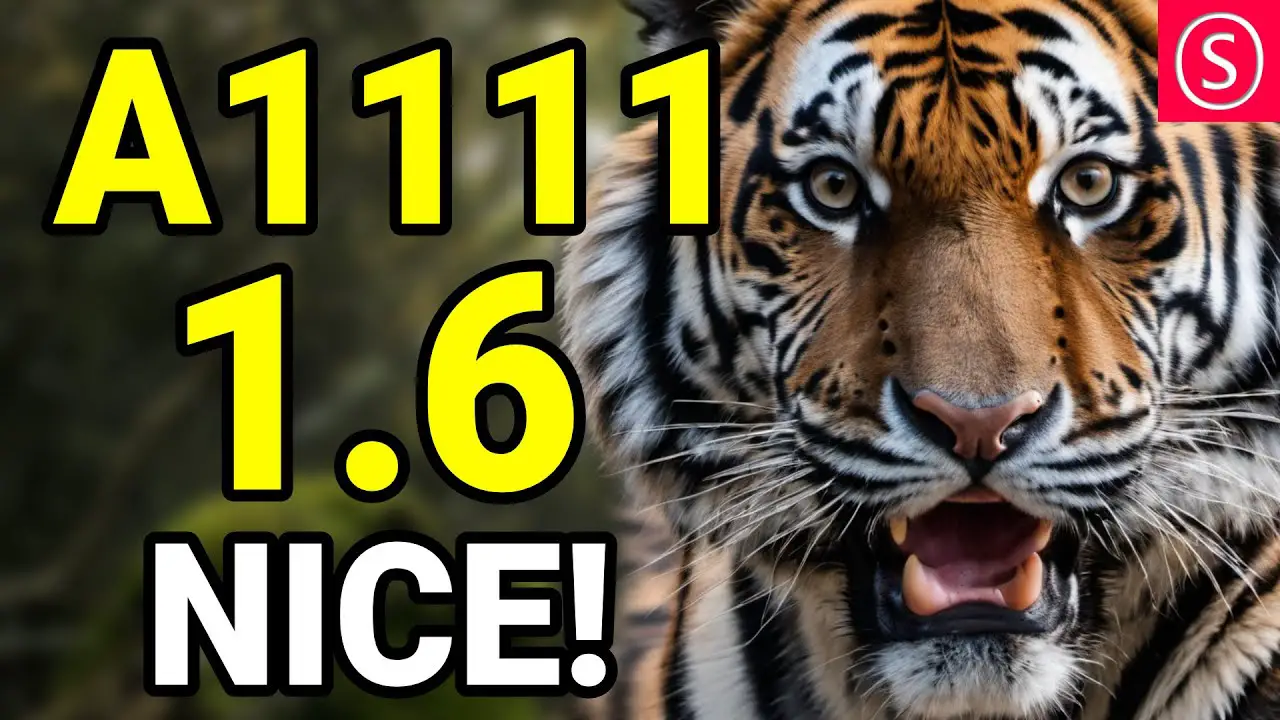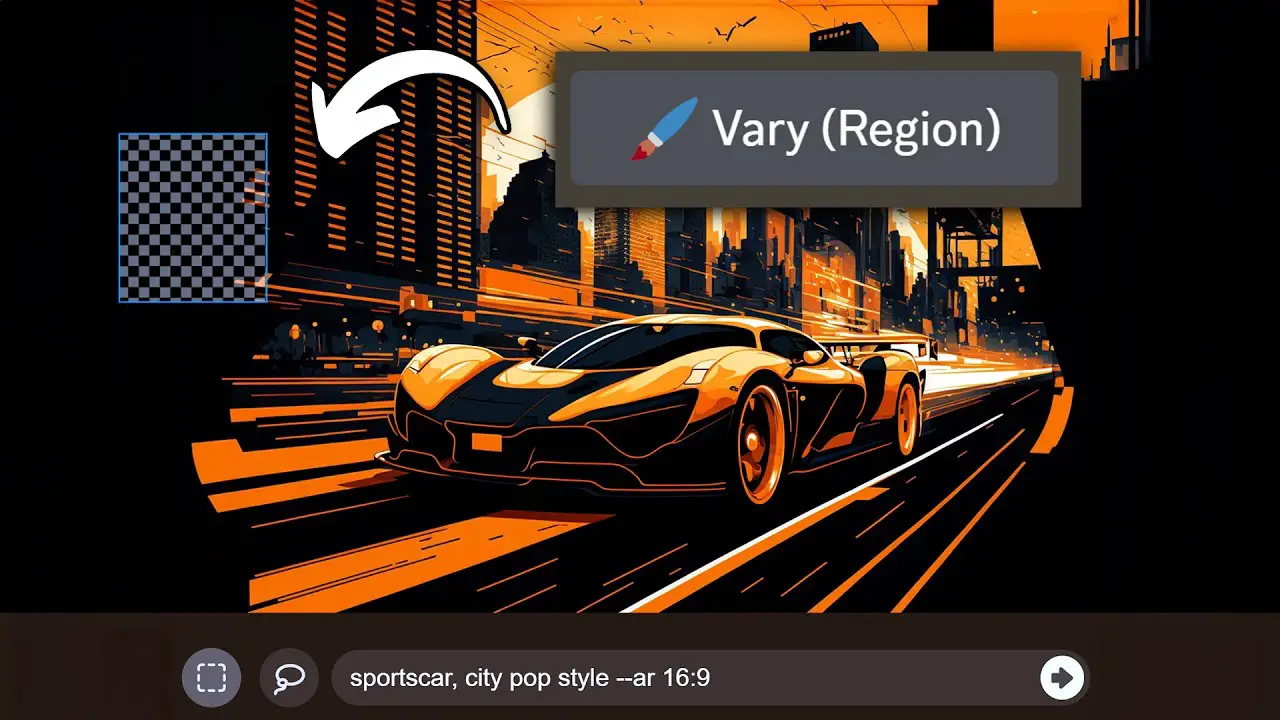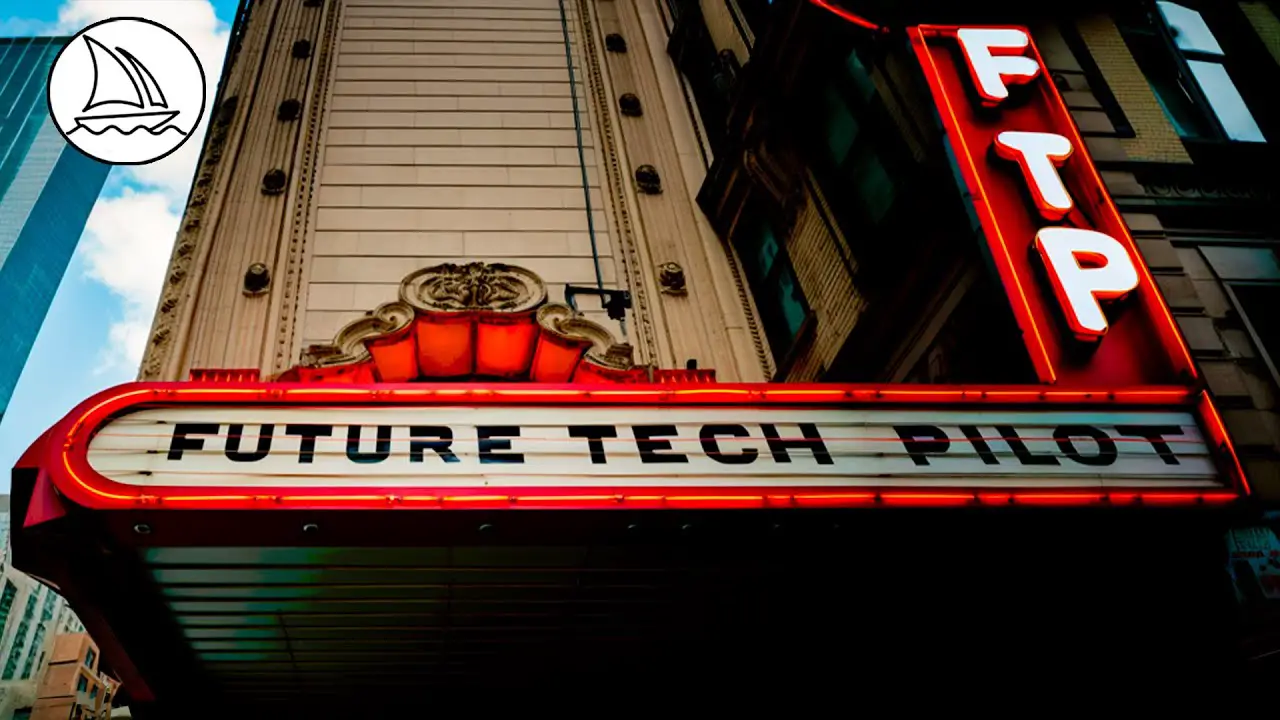Code Tutorial: Generating Synth Music with Opensource Musicgen Model
October 1st, 2023

Code Tutorial: Generating Synth Music with Opensource Musicgen Model
Mastering Synth Music Creation with Opensource Musicgen Model: A Step-By-Step Code Tutorial
Have you ever dreamt of creating your own synth music but felt overwhelmed by the complexity of traditional music production software? Don't worry, you're not alone. Thankfully, in this era of artificial intelligence and machine learning, there's a simpler and more innovative solution—using opensource models like Musicgen.
Musicgen is a powerful opensource model designed to create music, particularly synth music, harnessing the capabilities of deep learning. This unique tool has been gaining traction among music enthusiasts and professionals alike because it simplifies the process of music creation significantly. So, if you have access to some training samples and a bit of patience to navigate through the coding journey, you can generate impressive synthetic tunes with this model.
It's important to note that even though this might sound technical and intimidating, especially if you're new to coding, don't be deterred. With clear instructions and a step-by-step guide, anyone can dive into this exciting world of AI-driven music creation. The beauty of this method lies not just in the simplicity and effectiveness of the model, but also in how much you can learn and experiment along the way.
From setting up your environment to training the model and generating your very first track, this guide will introduce you to the world of AI-powered music creation and help you discover your inner musician. Let's get started on this exciting journey and make some music with Musicgen!
A Brief Overview of the Opensource Musicgen Model
The world of music creation has been revolutionized with the advent of Artificial Intelligence (AI), and at the forefront of this revolution is the Opensource Musicgen model. Essentially, this innovative model is a product of the evolving field of machine learning, specifically designed to assist in creating synthetic or 'synth' music.
Understanding the purpose of the Musicgen model is key to harnessing its potential. It operates by understanding and processing music data input by the user, attempting to identify patterns and structures within the music. Upon successful identification, these patterns are then used as a foundation to generate new, unique synth music compositions.
Besides being an exceptional tool for music enthusiasts, it also holds immense advantages for music professionals looking to experiment with AI-driven compositions. The Opensource Musicgen model boasts several impressive features that make it an essential tool for modern music creation. It provides a platform for users to train their own models using their music samples, enabling them to customize the music generation process.
What sets the Musicgen model apart is its opensource nature. This means that it's freely available for anyone who wishes to use or modify it. Being opensource fosters a collaborative environment where improvements and modifications can be constantly made to the model by users all over the globe.
In essence, if you're a musician looking to explore the intersection between technology and music, the Musicgen model provides an excellent starting point. From its easy-to-use design to its powerful music generation capabilities, it truly is an invaluable tool in today's digital age.
Installing the Necessary Software and Libraries
Setting Up Your Python Environment
Before diving into the world of music synthesis with Python, it's crucial to set up a proper Python environment. To begin with, you'll need to download and install Python on your computer if you haven't already. Visit the official Python website and follow their detailed instructions.
For managing your Python environment, we recommend using Anaconda, a popular Python distribution platform that simplifies package management and deployment. Head over to the Anaconda website to download the latest stable version. After you have installed Anaconda, open the Anaconda Prompt (terminal on Linux or macOS) and create a new environment by running the command:
conda create --name myenv
Replace myenv with the name you want to give to your new environment.
Notably, working in a virtual environment is a best practice for Python developers. It creates an isolated space on your computer for Python projects, allowing each project to have its own set of dependencies that won’t disrupt any other projects.
To activate your newly created environment, use the following command:
conda activate myenv
Now, you're ready to start installing necessary packages and libraries for synth music creation with the Opensource Musicgen model!
Installing Flask, TensorFlow and Pip
To get started with the practical application of our music generation project, we need to ensure all necessary software and libraries are installed on our system. Chief among these are Flask, TensorFlow, and Pip.
Flask is a micro web framework written in Python which we'll be using to develop our application while TensorFlow is an open-source machine learning library that we will use for training our MusicGen model. Pip, on the other hand, is a package manager for Python; it’s used to install and manage additional packages that are not part of the Python standard library.
Firstly, to install Flask, open your command prompt (or terminal for Mac/Linux users) and type the following:
pip install flask
This command will download and install the latest version of Flask and its dependencies.
Next, we move onto installing TensorFlow. Depending on your system, you may want to install either the CPU or GPU version of TensorFlow. For the scope of this tutorial, we're going to stick with the CPU version which can be installed using the following command:
pip install tensorflow
Finally, let's tackle Pip installation. If you've installed Python from the official site, Pip comes installed by default. However, if for some reason it isn't installed, you can do so by downloading get-pip.py file and running it with Python in your command prompt:
python get-pip.py
And that's it! You have successfully installed Flask, TensorFlow, and Pip on your system. With these tools at hand, you're now ready to start creating synth music with the MusicGen model.
Training the Musicgen Model on Your Samples
Before venturing into the synthesis of new music, we first need to train our Musicgen model. The training phase is where the model learns from existing data samples and builds an understanding of how different musical elements come together.
To begin with, you will need a set of data samples. These samples are essentially synth music tracks that the model will learn from. The more diverse and comprehensive your dataset is, the better your model's ability to generate varied music.
# Loading your music samples
data_samples = musicgen.load_data('path_to_your_music_samples')It's important to note that the quality of your samples can greatly affect the output. High-quality samples generally lead to high-quality synthetic music.
Once you have loaded your data, the next step is to train the Musicgen model. This involves passing your data samples into the model and letting it learn the patterns and characteristics of your music. Here’s an example of how you might do this:
# Define your model model = musicgen.MusicGen() # Train your model on your samples model.train(data_samples, epochs=100)
In the code above, epochs=100 signifies that the model will go through the entire dataset 100 times - this number is flexible and can be adjusted based on your specific needs.
Music synthesis comes into play after the model has been well trained. This process involves generating new music based on what the model has learned from the sample data. We'll discuss this in detail in the next section.
Remember, effective training is key to synthesizing unique and fascinating synth music with the Musicgen model. It may take some time and require a certain level of patience but the end result is certainly worth the wait.
Generating New Music with the Trained Model
Once your Musicgen model has been effectively trained using your unique set of samples, the exciting part begins - generating new music. This process is where you'll see the power of machine learning in action, as the trained Musicgen model begins to create synth music based on what it's learned from your samples.
To initiate the music generation process, you'll need to refer to the trained Musicgen model. You can use the generate_music() function for this purpose. Below is a sample code demonstrating how to do this:
def generate_music(model, start_string, generation_length=1000):
# Evaluation step (generating text using the learned model)
# Converting our start string to numbers (vectorizing)
input_eval = [char2idx[s] for s in start_string]
input_eval = tf.expand_dims(input_eval, 0)
# Empty string to store our results
text_generated = []
# Low temperatures results in more predictable text.
# Higher temperatures results in more surprising text.
temperature = 1.0
# Here batch size == 1
model.reset_states()
for i in range(generation_length):
predictions = model(input_eval)
# remove the batch dimension
predictions = tf.squeeze(predictions, 0)
# using a categorical distribution to predict the character returned by the model
predictions = predictions / temperature
predicted_id = tf.random.categorical(predictions, num_samples=1)[-1,0].numpy()
# We pass the predicted character as the next input to the model
# along with the previous hidden state
input_eval = tf.expand_dims([predicted_id], 0)
text_generated.append(idx2char[predicted_id])
return (start_string + ''.join(text_generated))In the script above, we're defining the function generate_music(), which takes as inputs the model, a start string (the seed for your music composition), and optionally, the length of the music you wish to generate. The generate_music() function then converts the start string to a format the model can understand, generates new music based on it, and finally returns the generated music.
Remember, synth music creation with machine learning models like Musicgen is an art as much as it's a science. Don't be afraid to tweak parameters, experiment with different samples, and let your creativity shine through. Happy creating!
Other articles
August 28th, 2023
A1111 1.6 – Amazing New Features and Changes
meta data for Checkpoints. read more...
August 31st, 2023
How to Access NEW Midjourney Features on OLD Images
anning, but how can you use these features on your old images? Well, there is one super easy way to pull this off, check it out in this video! read more...
September 2nd, 2023
Sound File Editing & Conversion – A Comprehensive Tutorial
etween formats like WAV, MP3 and M4A, and discover the best tools for editing and converting. read more...
August 31st, 2023
DW Pose for A1111 – Better than OpenPose ControlNET
ose. This is a full review. Full Install Guide for DW Pose in A1111 for Stable Diffusion read more...
August 28th, 2023
The NEW Way to Create Text in Midjourney – Full Walkthrough
n if it takes a while), and after a full year of using the service, I’m a little shocked! Midjourney 5.2 is a wild ride, and I hope you enjoy this A.I Art Tutorial. I’ve got lots of tips and tricks to help speed your process up. read more...




